Have you ever thought that why is this goose called white-fronted? According to
Victoria Naturalist, despite its name, this goose is not a white-fronted goose. It gets its name from a white stripe on the back of the bill. They feature large irregular black bands on their belly and are greyish-brown in colour. The bill is light, but the yellow-orange legs are the most distinguishing characteristic of this goose, as opposed to the black legs and bill of the Canada goose.
According to the article
BC Government published about
white-fronted goose management the adult "white-front" has greyish brown wings, head, neck, back, and rump, with no distinguishing plumage. The white patch around the neck and forehead (from whence it gets its name) may be seen up close, as well as the black, uneven markings on the breast and abdomen. A white band runs across the base of the tail, which is dark brown with white edges. The bill is pink, and the bill and legs are orange. Immature birds have yellow feet, legs, and bills and lack the white face patch and speckled belly. The female is somewhat smaller and lighter than the male, weighing between 2.3 and 2.7 kilograms (5 and 6 pounds).
The white-fronted goose is known as the "laughing goose," no doubt because its "Wah Wan Wah" notes are considered to imitate human laughter. However, they may be distinguished by their stillness since they call far less frequently than the
Canada geese.
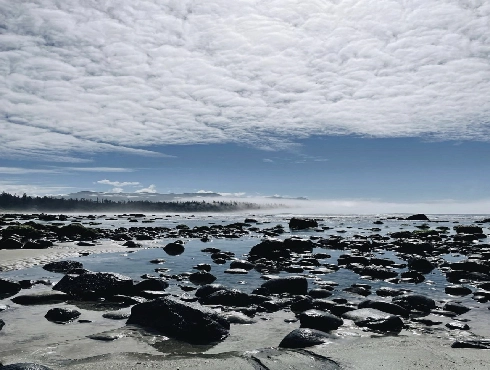
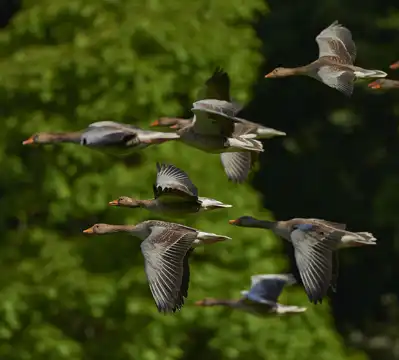
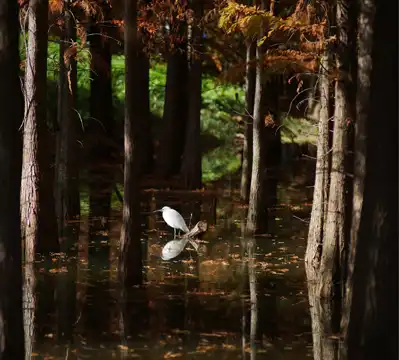


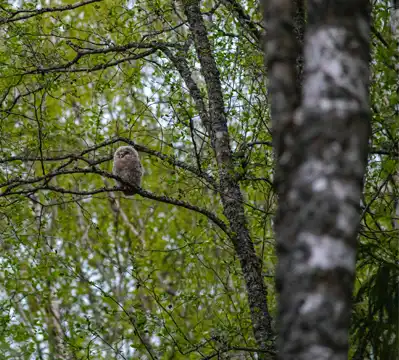



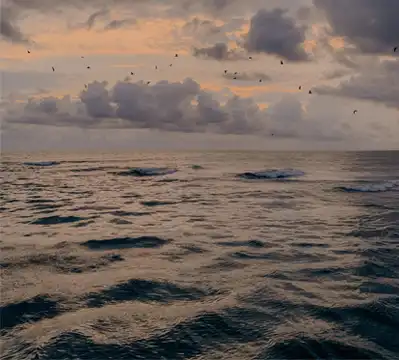

.webp)
.webp)
.webp)
.webp)
.webp)
